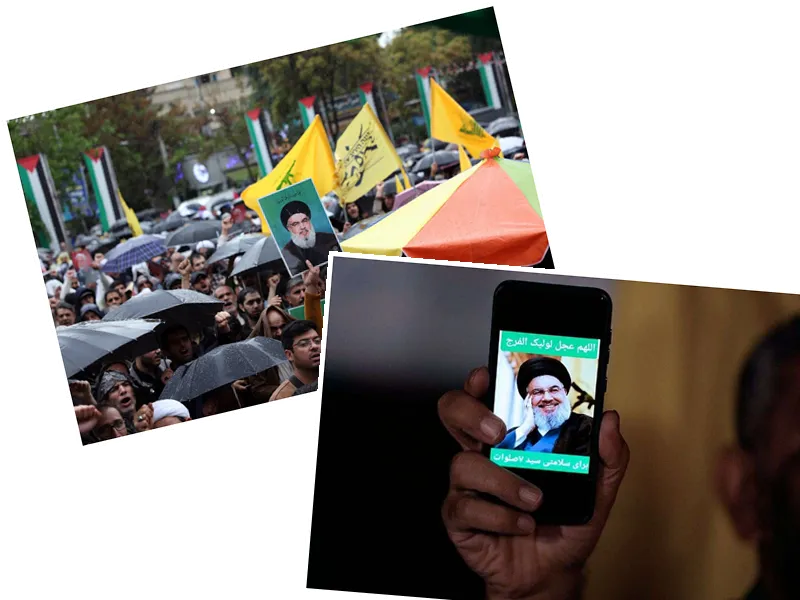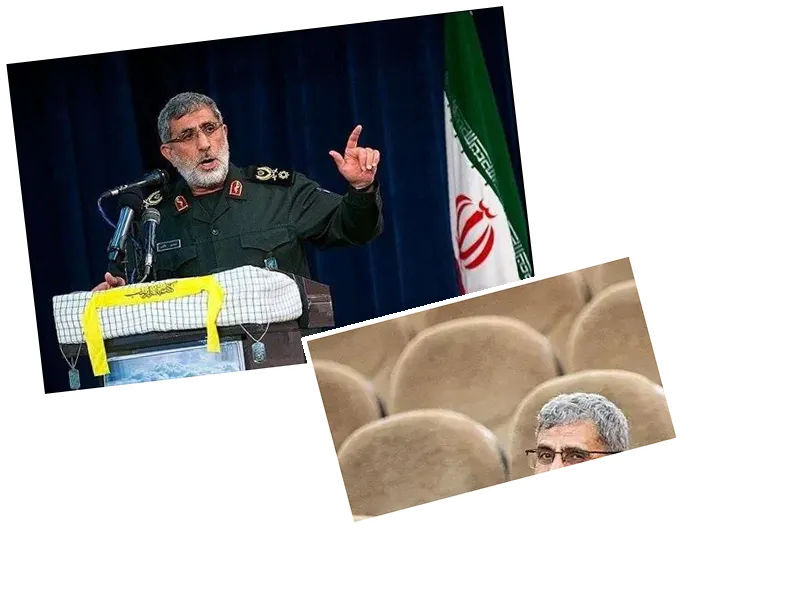Iran Mourns President Ebrahim Raisi Amidst Turmoil and Transition
In a nation already grappling with widespread division, the sudden death of Iran's President Ebrahim Raisi has thrown the country into a state of mourning and uncertainty. Raisi, along with other senior officials, died in a helicopter crash on May 19, 2024, near the mountainous region of East Azerbaijan. The crash, which also claimed the lives of the Iranian Foreign Minister Hossein Amir-Abdollahian and other key aides, has rocked the nation's political landscape.
The helicopter accident occurred during Raisi's return from Azerbaijan, where he had attended a joint inauguration of a dam with Azerbaijani President Ilham Aliyev. The cause of the crash remains under investigation, with early reports citing inclement weather conditions. However, suspicions of potential sabotage have not been entirely ruled out, adding further complexity to an already volatile situation.
National Mourning and Funeral Ceremonies
Supreme Leader Ayatollah Ali Khamenei declared five days of national mourning in the wake of Raisi's death. Massive funeral processions began in Tabriz, where the crash occurred, and are set to continue until Thursday, culminating in Raisi's burial in his hometown of Mashhad. Thousands of mourners gathered in various cities, including Tehran, where significant tributes were paid to Raisi and the other victims. The ceremonies have been marked by intense emotions, reflecting the deep divisions within Iranian society.
On state television, Raisi was described as having achieved the highest level of martyrdom, with images of him being displayed alongside recitations of the Quran. Vice President Mohammad Mokhber has been appointed interim president, with presidential elections scheduled for June 28. Iran's top nuclear negotiator, Ali Bagheri, has assumed the role of acting foreign minister, highlighting the urgent need for continuity in governance.
The Political Vacuum and Its Implications
The unexpected demise of Ebrahim Raisi, an ultraconservative figure and a potential successor to Supreme Leader Khamenei, has left a political vacuum. The upcoming elections will be crucial in determining the future direction of Iran, both domestically and internationally. While the immediate focus is on mourning and the transition of power, the broader implications of Raisi's death are already being felt. Allies such as Hamas, Hezbollah, and Syria have paid their respects, emphasizing Raisi's role in the so-called ‘Axis of Resistance’ against Israel.
The Iranian political establishment, already under significant strain from economic sanctions and internal dissent, faces a critical juncture. The regime's hardliners are expected to drive the succession process, aiming to maintain their grip on power. Raisi's death has also intensified discussions around the future of the Supreme Leadership, with Ayatollah Khamenei's health being a point of concern. The potential for social unrest, driven by public fatigue over oppressive policies and economic hardships, looms large.
International Reactions and Strategic Calculations
Global reactions to Raisi's death have been varied. Russian President Vladimir Putin and Foreign Minister Sergei Lavrov offered their condolences, highlighting Raisi's significant contributions to Russian-Iranian relations. The United States, while extending official condolences, underscored Raisi's controversial human rights record. Washington's stance suggests that Raisi's death will not drastically alter US-Iran relations, which remain fraught over issues such as nuclear negotiations and regional security.
The balance of power in Iran is poised for potential shifts, with internal and external actors closely monitoring developments. The Iranian government's response to this tragedy, and its ability to manage the upcoming elections and potential succession crises, will be pivotal in shaping the nation's future trajectory.
- The presence of numerous high-ranking officials on a single helicopter has raised eyebrows, with experts questioning the logistical wisdom of such an arrangement. The age of the aircraft, a Bell 212 helicopter, and its potential technical deficiencies have also come under scrutiny. Turkey's involvement in monitoring the helicopter's signal adds an additional layer of international complexity to the investigation.
- Amidst the mourning, Iran’s internal security concerns have grown. Observers predict an increase in provocations and attempted terrorist attacks, both within Iran and along its borders. This period of vulnerability could be exploited by Tehran’s adversaries, necessitating heightened vigilance and security measures.
- Raisi's ultraconservative approach had further isolated Iran internationally, intensifying its confrontations with countries like Israel. His tenure was marked by a hardline stance, aligning closely with Khamenei's policies. The transition of power could see the continuation of these policies under a new president, provided the hardliner faction maintains its influence.
- Moving forward, the Iranian government will need to navigate the complex dynamics of succession within the Assembly of Experts, an 88-member body responsible for selecting the Supreme Leader. The assembly's role becomes even more critical given Khamenei’s advanced age and health concerns. The upcoming presidential elections and potential shifts in the Assembly's composition are likely to shape Iran's political landscape for years to come.






